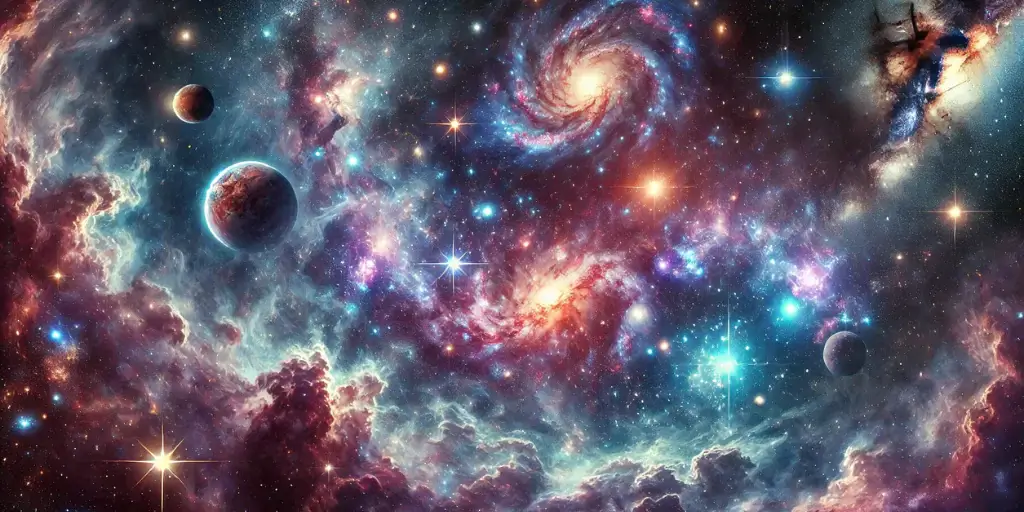The human digestive system diagram is a complex network of organs that work together to convert food into energy and essential nutrients. Understanding its structure is crucial for learning how digestion occurs. A labelled diagram of the digestive system helps visualise the journey of food from ingestion to excretion, highlighting each organ’s specific role in the process.

Draw a digestive system diagram and label all major parts

Digestive System: Parts & Functions
| Part | Function |
|---|---|
| Mouth | Chews food and mixes it with saliva (contains enzymes like amylase) to start digesting carbohydrates. |
| Esophagus | Transport chewed food from the mouth to the stomach via peristalsis (rhythmic muscle contractions). |
| Stomach | Mixes food with gastric juices (acid and pepsin) to break proteins into smaller peptides. |
| Liver (with Gallbladder) | The liver produces bile to emulsify (break down) fats; the gallbladder stores and concentrates bile until needed. |
| Pancreas | Releases pancreatic enzymes—proteases, lipase, and amylase—to digest proteins, fats, and carbs in the small intestine. |
| Small Intestine | Major site of digestion and nutrient absorption. |

- Duodenum: mixes chyme with bile and pancreatic juices.
- Jejunum & Ileum: absorb nutrients (amino acids, simple sugars, fatty acids, vitamins, minerals).
- Large Intestine (Colon): Absorbs water and electrolytes, forming semi-solid stool; hosts beneficial bacteria that synthesise vitamins like K and B12.
- Rectum: Temporarily stores faeces before elimination.
- Anus: Final part of the digestive tract; controls excretion through sphincter muscles. |
Conclusion
A labelled representation of the human digestive system illustrates how each organ contributes to digestion. Every portion of the digestive system, from the mouth to the intestines, is essential for breaking down food and absorbing nutrients. This graphic tool improves learning and helps to better understand the whole digestive process.






